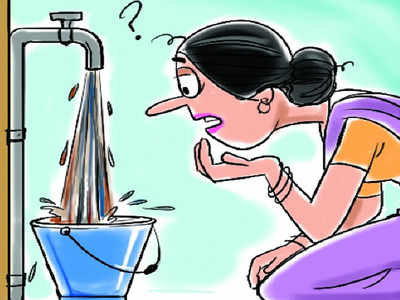The Times of India 07.08.2012
650km water pipes changed, twice as much still to go
CHENNAI: Finally, waking up to the threat of water contamination in the city, Metrowater
has started replacing pipelines. More than 2,300km of pipelines that
criss-cross the city were laid in the mid 1960s. Now, many of them may
have corroded, leading to seepage of sewage and other impurities into
the pipes.
Public health experts say this is a crucial step in preventing waterborne diseases. Metrowater has got Rs60 crore under the Jawaharlal Nehru National Urban Renewal Mission (JNNURM) to replace all the drinking and sewerage water pipelines within the older city limit.
The department had identified’more than 2,000km of pipelines along
15,000 roads. About 650km of pipelines running under areas such as
Guindy, Virugambakkam, T Nagar, Saidapet, Choolai, Royapuram, KK Nagar
and Villivakkam have been replaced with new ductile iron and mild steel
pipes. “Most of the pipelines in the old areas were of cast iron, which
rust over time. We will replace the old pipes by December-end,” said a
Metrowater official.
The organization has been facing problems
clearing sewerage and supplying drinking water. The city has around five
lakh water connections. Leaky pipelines are the main cause of
water contamination. “Only if there are leaks do sewage water seep in.
The liquid also overflows on the road only when the links are weak, and
not able to withstand pressure,” said former assistant city health
officer Dr Damodaran Reddy.
Sewage gets mixed with the drinking
water, when residents try to draw water after the supply or pumping
hours. Since there is no water in the pipe, air pressure starts sucking
in liquid from the surroundings through the holes on the pipe. This is
what had happened in the Osankulam slum board tenements in Chetpet,
Kodungaiyur and Kolathur where the residents were taken ill two weeks
back.
Health officers say water contamination happens
frequently during monsoon, which is why Metrowater increases the
chlorine content in water by five times. Experts also feel that having a
common enclosures for garbage collection in neighbourhoods could have
also aggravated the problem.

